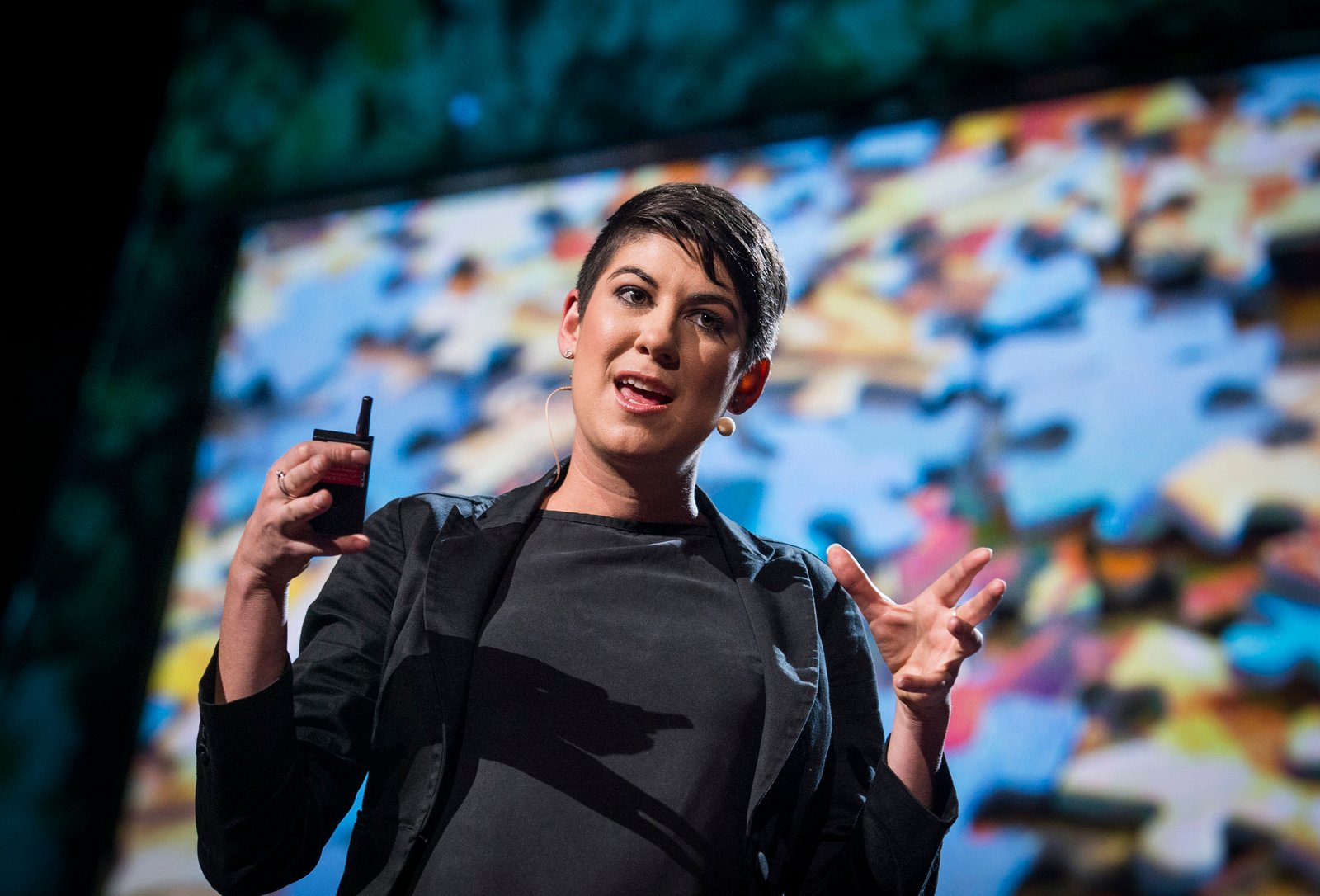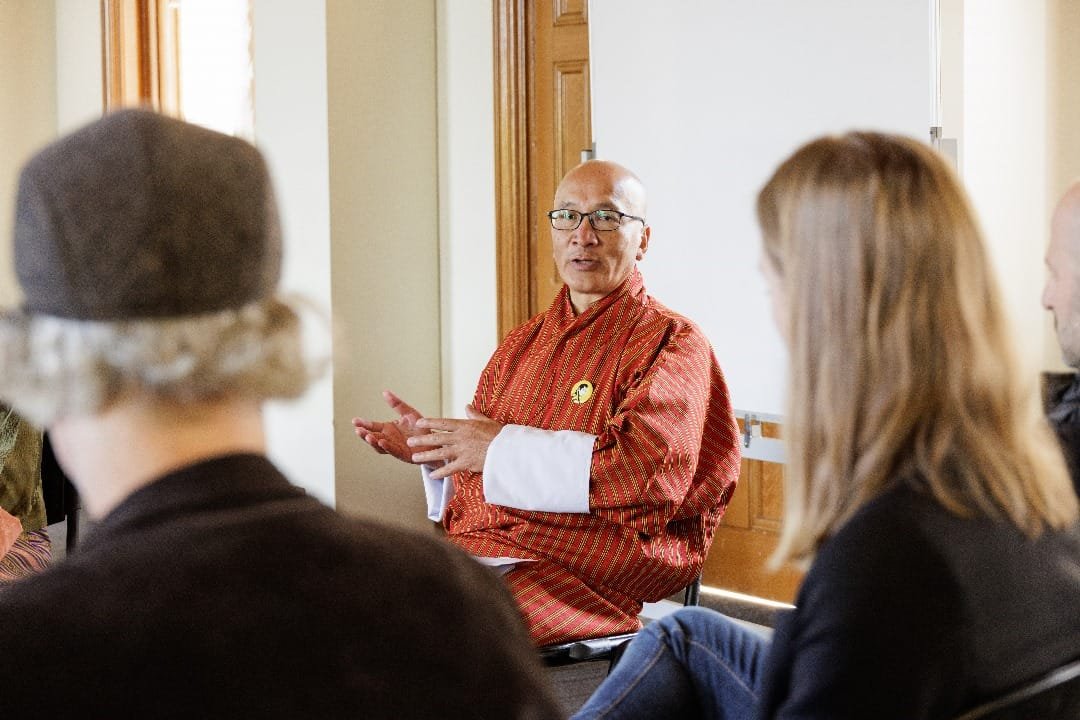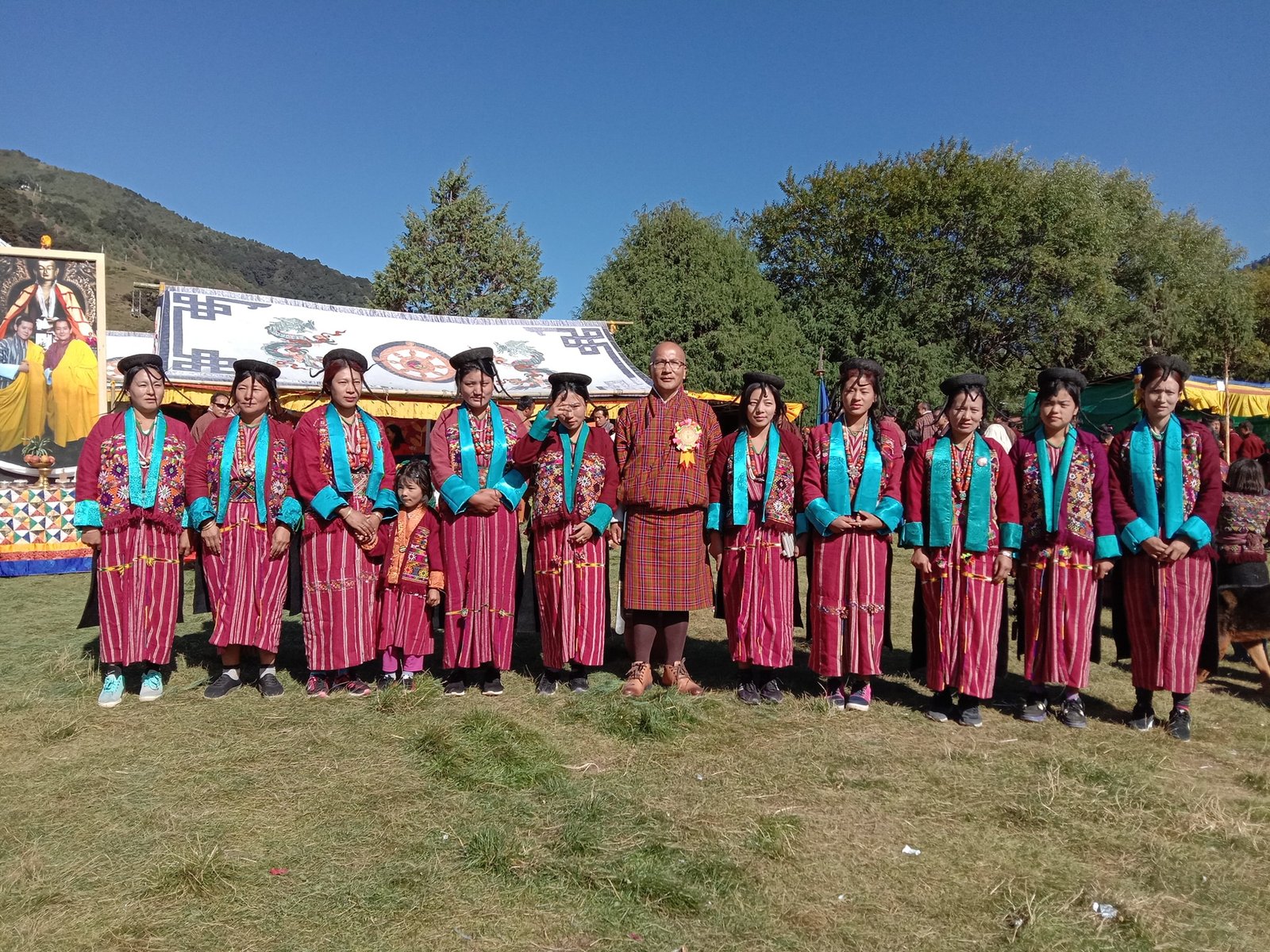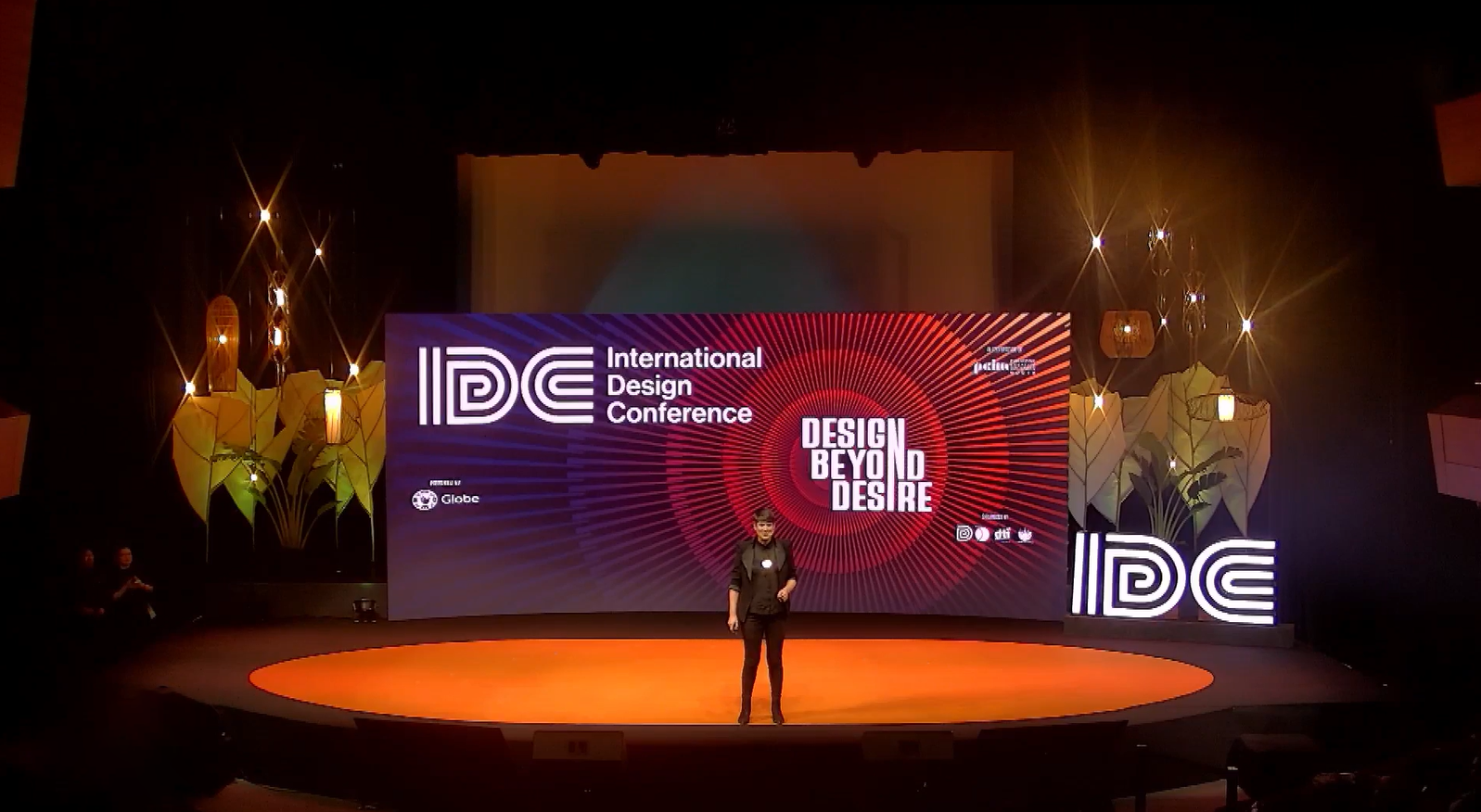Interview The Kanto Team
Images Design Center of the Philippines
(International Design Conference 2024)
Design’s transformative potential and ability to tackle pressing global issues go beyond society’s surface-level focus on aesthetics. This idea was central to the 2024 International Design Conference (IDC) hosted by the Design Center of the Philippines. Leyla Acaroglu, IDC keynote speaker and advocate for circular design, captured this eloquently with her insight: “Challenges and problems are not solvable but evolvable,” underscoring design’s pivotal role in driving continuous improvement.
In today’s world, shaped by capitalism and fear-driven consumption, it’s more important than ever to push “design beyond desire” to unlock its full potential for the greater good. In the first of our two-part International Design Conference feature, we delve into the thoughts of two keynote speakers: Acaroglu, known for her work in sustainability-centered design, and Lhatu, Bhutan’s champion of Gross National Happiness and advocate for our connection to culture and nature. Their message at the International Design Conference is clear: together, we can harness design to create meaningful, inclusive change.




Good day, Mr. Lhatu and Leyla! It has been a great pleasure to hear from you today at the International Design Conference 2024, and I appreciate your time for this brief sit-down. Mr. Lhatu, you are the foremost champion of the Gross National Happiness development model. You have served as Executive Director of the Gross National Happiness Centre in Bhutan and a former Member of Parliament. Can you tell us the most challenging aspect of applying Gross National Happiness (GNH) principles in regions with deeply entrenched economic inequalities?
Lhatu: Inequalities are a significant challenge when applying GNH principles. When you try to raise the living standards of marginalized communities, you’re faced with complex issues. But it’s not impossible. It’s about how you approach their development—what programs you implement and how you align them with well-being and values. The real challenge comes from people’s acceptance of these changes, especially when resources are reallocated for more equitable distribution.
Political leaders sometimes push their agendas, often influenced by their voter base, which can interfere with the process. So, leadership becomes a challenge, too, as priorities may not always align with GNH values. These factors create roadblocks when implementing a more equitable system that benefits everyone.
Leyla, you’ve always championed ethical design. You are the Chief Circular Designer for Circular Australia and UNEP Champion of the Earth, a leading sustainability expert, and the founder of The UnSchool, Swivel Skills, and Disrupt Design. We live in a time of rapid technological growth and environmental crises. How can designers transcend traditional boundaries to create systems that meet human desires while fostering sustainable futures?
Leyla Acaroglu: Designers need to understand the ripple effect of their work. Every design has an impact—social, environmental, or economic. So, the first step is to be fully aware of these impacts and then work to minimize the negative ones and amplify the positive. This goes beyond just environmental concerns. Designers play a crucial role in business transformation, not just product development. We can address these larger societal challenges by helping companies shift from a linear, extractive model to a regenerative and sustainable one.
In every discipline—whether product design, industrial design, or service design—we need to apply full-spectrum thinking. Designers need to learn the frameworks that allow them to assess environmental and social impacts. Understanding environmental impact assessments, even if you’re not the one conducting them, is essential.
Another challenge is time. Designers are often asked to integrate these considerations without additional time or resources, especially early in the learning process. So, businesses need to provide that support. The key point here is that design is no longer just about aesthetics or functionality but about fostering positive social and environmental outcomes as part of the process.




Lhatu, if can you share a personal experience where GNH values directly impacted a community during a crisis?
Lhatu: During the COVID-19 pandemic, the principles of GNH were put into action in Bhutan. Vulnerable groups, like those who lost their jobs, faced immense challenges. His Majesty, the King, stepped in to help by personally supporting those who were struggling. He sacrificed his own resources to provide monthly payments and ensured essential goods were delivered to every household. What was truly unique was the care extended to all living beings. For instance, animals like stray dogs were also provided food. This holistic approach reflects the compassion and empathy embedded in GNH.
His Majesty also arranged transport for people stranded far from their families, ensuring their safety during the crisis. The government’s quick response—guided by GNH principles—was about more than just economic survival. It was about protecting the community’s physical and mental well-being, ensuring no one felt abandoned. This kind of compassionate leadership really underscores what GNH stands for: the well-being of all, including animals and the environment.
Speaking of crises, Leyla, you mentioned earlier in your talk that fear is often used to manipulate people to influence consumption, especially in capitalist societies. Can you explain how fear impacts the social and mental health landscape?
Acaroglu: Fear is a powerful tool, especially in many capitalist societies where it’s used to create desire, manipulate political opinions, and control people. The problem with fear is that it triggers fight, flight or freeze responses, creating a constant state of anxiety. This hyper-cognitive state leads to a rise in mental health issues, especially in societies where consumption is promoted as a path to happiness.
This fear-driven culture contributes to a deep sense of mental anguish. People chase happiness through consumption, which only exacerbates their anxiety. On the other hand, in societies where there is a strong social safety net, people are less fearful about their security and well-being. When fear is removed, people are free to experience life more fully without the constant pressure to protect themselves from perceived threats.
Eco-anxiety is another layer to this. As we face increasing ecological disasters, more people are experiencing stress and panic over environmental destruction. Studies have shown that spending time in nature helps alleviate this anxiety. Indigenous communities, in particular, feel the loss of nature deeply because they don’t separate themselves from it—when nature is harmed, it’s a spiritual destruction for them. It’s important we recognize this interconnectedness as we address mental health and ecological issues.




Given the tension between consumption-driven economies and the urgent need for sustainability, what role can design play in shifting societal values toward circularity and responsible consumption?
Acaroglu: There’s a distinction I like to make between professional designers and what I call “citizen designers.” Professional designers have formal training and tools to help design solutions, but everyone is a citizen designer. Every time we participate in the economy—what we buy, what we watch, what we click on—we are contributing to the design of the world. Most people don’t realize their everyday choices feed into larger data sets that influence what companies prioritize and create.
In boardrooms, I’ve seen companies poring over data, trying to understand what consumers want. So, while it might feel like our individual actions are insignificant, collectively, they shape industries. The more conscious we are of this, the more we can drive companies toward sustainable practices.
It’s not just about individual responsibility—everyone, from governments to businesses to individuals, has a role to play. But as individuals, we have the capacity to influence those around us and make decisions that contribute to positive change. This is the essence of design—it’s about evolving systems. And so that’s where innovation and creativity really is at the forefront, because these challenges are… they’re not solvable, they’re evolvable. Our job is to push for that evolution in a direction that benefits society and the planet.
I like that last bit! Evolving challenges rather than agonizing over solutions. Could you expand on that a little more?
Acaroglu: We evolve problems rather than solve them because the challenges we face today are complex and ongoing. Take GDP, for example. It was never meant to be the definitive measure of wealth and success, but it evolved into that because of how it was used. The same happens with societal problems. We learn from past mistakes and evolve them into better solutions for the future.
By pushing for creativity and innovation, we can turn today’s crises into opportunities for growth and positive change. It’s about making better choices, not just at the individual level but collectively as a society. And hope—hope is the ultimate tool of resistance. If we’re filled with hope instead of fear, we’re far less likely to be manipulated and far more likely to make meaningful, lasting changes.


You both talk about shifting systems, whether it’s through GNH or design. How does historical knowledge fit into this, especially in cultures and nations with rich histories?
Acaroglu: A lot of what we talk about regarding sustainability and circular systems is rooted in Indigenous knowledge. Unfortunately, in a Eurocentric world, this wisdom is often devalued. Countries like The Philippines and many others in the region have a rich pre-colonial history of knowledge that should be treasured and embraced, not exploited. There’s so much we can learn from these systems, and they hold the key to solving many of the problems we face today. It’s about valuing and applying that knowledge in a way that fosters regeneration and equity.
Lhatu: Exactly. Gross National Happiness is about creating a holistic system that respects all life—human and otherwise—and recognizes the importance of well-being over material wealth. This is something many cultures inherently understand but have been forced to move away from. It’s time to reconnect with those values.
Acaroglu: I deeply believe that humanity has the potential to rise to the challenges we face. We’ve done it before during existential crises, and we can do it again. It’s just a matter of where we direct our creative energy and focus. We need to stop obsessing over manufactured problems and put our efforts toward solving real issues—like sustainability, social equity, and the environment. The future isn’t written yet. We still have the power to shape it. •
Kanto.PH is a media partner of the International Design Conference 2024, organized by the Design Center of the Philippines



